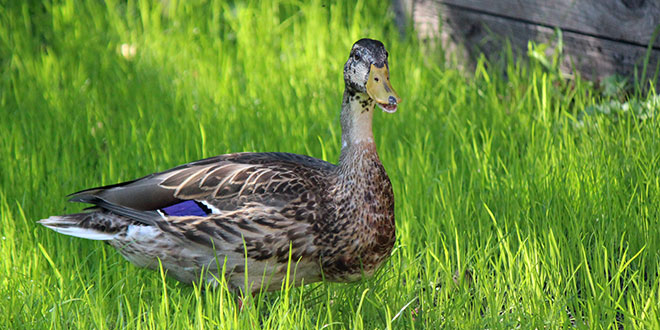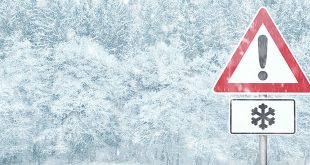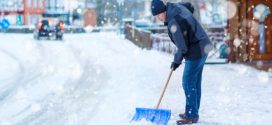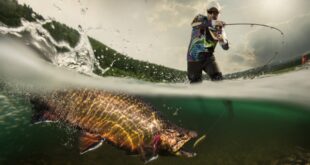While most homeowners strive for pristine, golf course-like yards, there is a push to create more natural and wildlife-friendly landscapes in order to conserve natural resources and to encourage endangered or threatened wildlife, such as bees, butterflies and other native creatures. There are four main components of a wildlife-friendly yard.
- Food. Bird feeders, gardens, native fruit bushes, native flowering shrubs and plants
- Shelter. Native trees and bushes and dead trees and limbs
- Water. Ponds, handmade water features and birdbaths
- Nesting Sites. Native shrubs, trees and bushes; bird and bat houses; brush piles
Based on these familiar components, creating a wildlife-sensitive landscape isn’t difficult, but it does take planning to get a good mix of native plants and pleasing features that satisfy not only the animals, but the homeowners and neighborhood HOAs.
Retailers who offer hands-on workshops can take advantage of this trend by holding family-friendly classes on creating watering stations for bees, butterflies and birds; building beneficial bug houses; or landscaping with native plants. For more ideas or information regarding earth-friendly landscaping, check out these reliable resources:
The National Audubon Society. One of the oldest conservation groups in America, the National Audubon Society provides a database of native plants where a quick zip code search gives retailers access to hundreds of native inventory options. The website also has categories dedicated to growing native plants and bird FAQs. In recent news, according to the National Audubon Society, over 389 North American birds are at risk due to climate change. Now is the time to encourage homeowners to create wildlife-friendly yards to help protect them.
The Conservation Foundation. This foundation offers expertise on conservation issues from protecting waterways to preserving natural areas and open spaces, including detailed advice for creating earth-friendly landscaping, creating native gardens and using rain barrels.
 Hardware Retailing The Industry's Source for Insights and Information
Hardware Retailing The Industry's Source for Insights and Information






